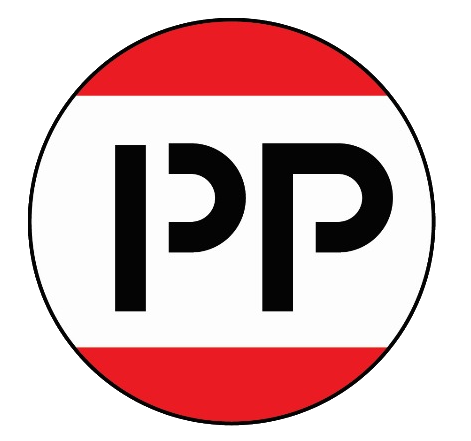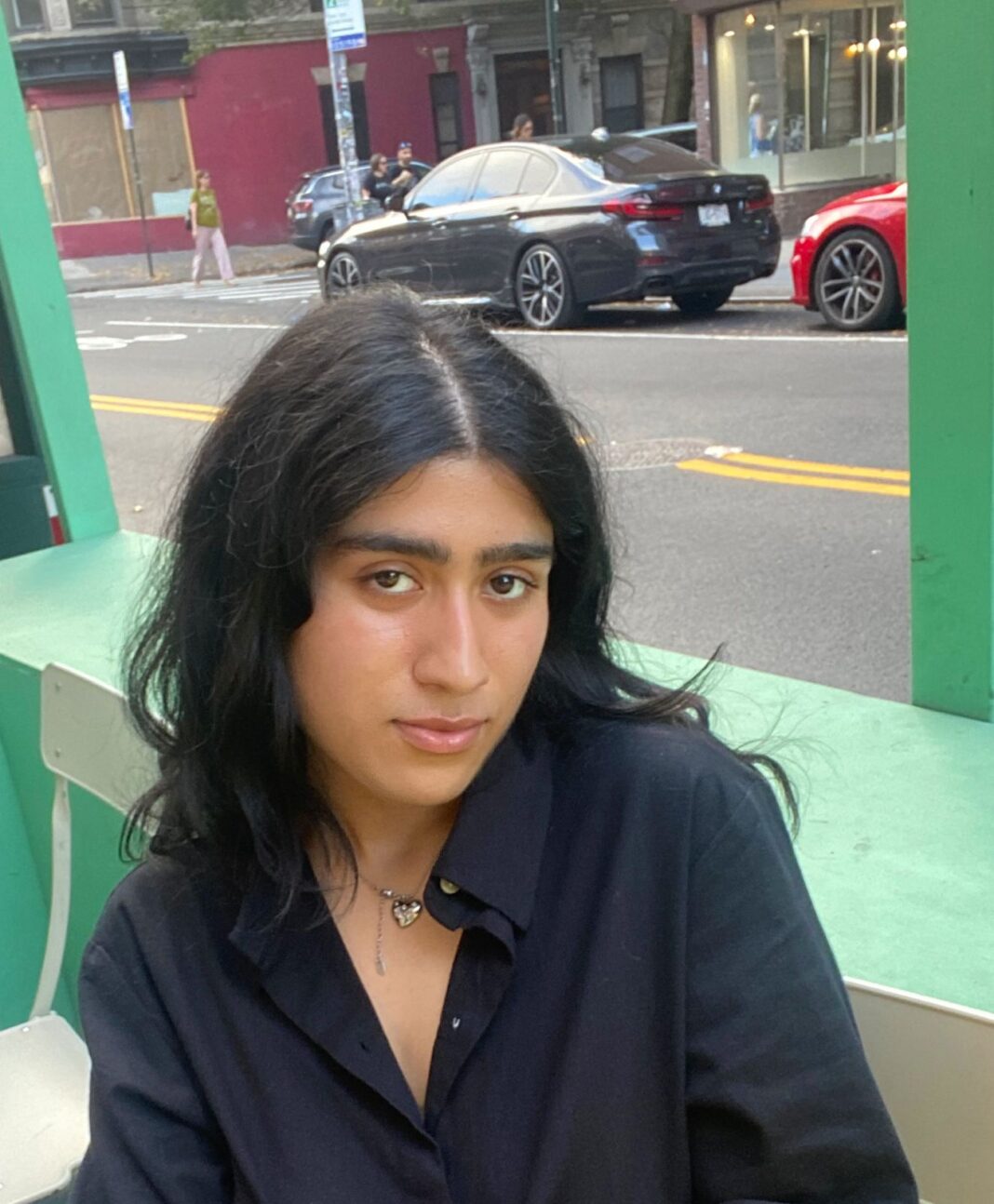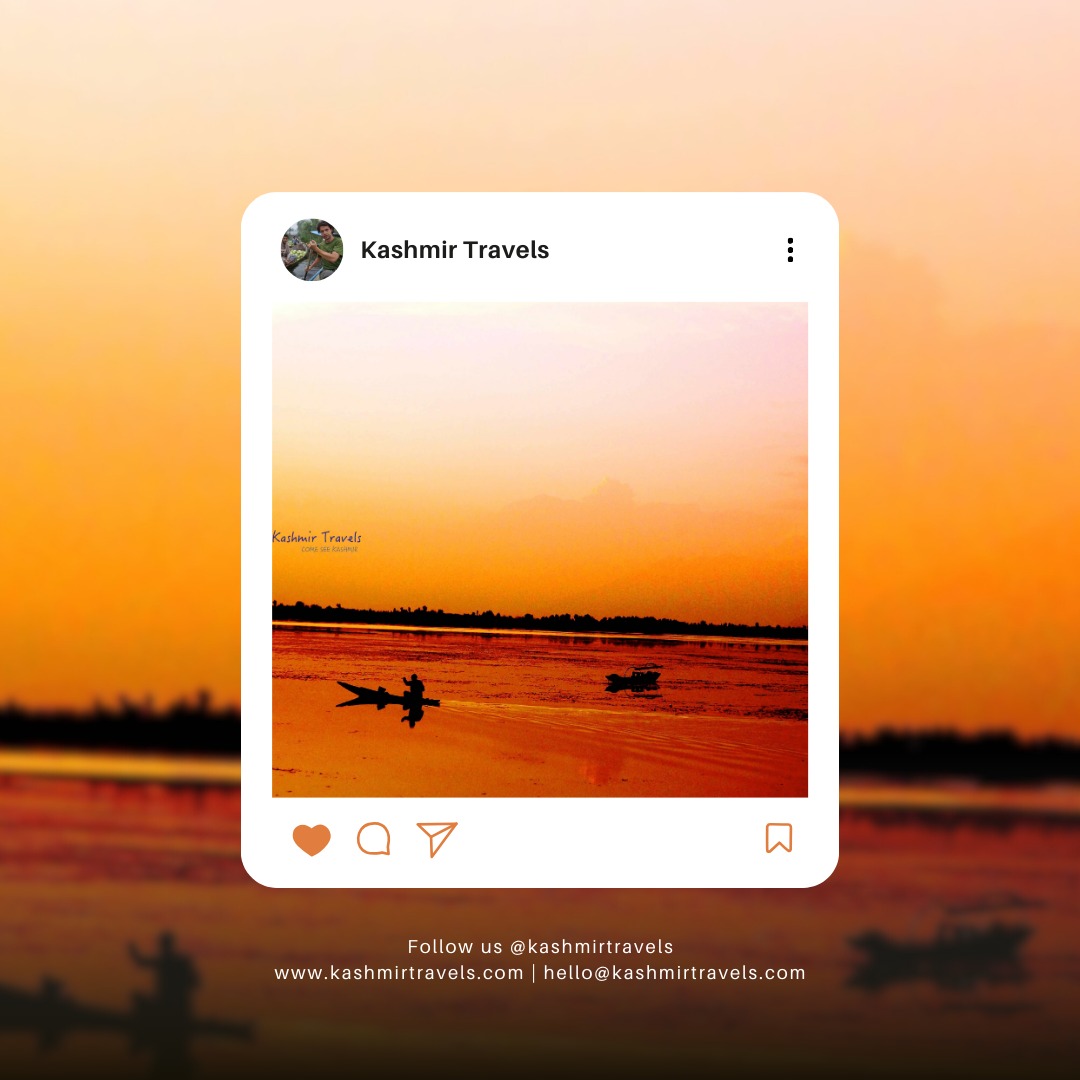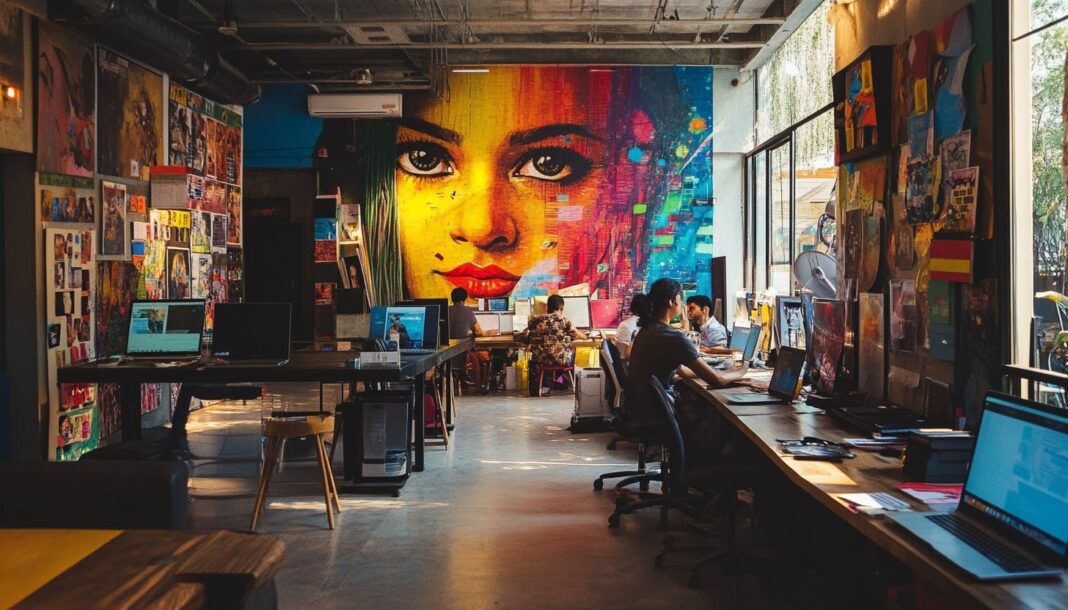Graphic design is more than just colors and shapes—it’s about telling stories, forging connections, and creating visual experiences that speak to deeper meanings. For Seher Anand, a rising star in the design world, this journey began in the tactile world of painting and drawing, shaped by her father’s passion for fashion jewelry and her mother’s deep ties to the beauty of Kashmir. This rich heritage eventually blossomed into a passion for functional design.
From capturing the vibrant culture of Kashmir to exploring the unspoken narrative of Indian cuisine, Seher’s work is driven by a mission to raise awareness, shift perspectives, and ignite change. In this exclusive interview, Editor Nazir Ganaie of Presspact delves into the design philosophy that pushes boundaries and the creative journey that continues to evolve. Excerpts from the conversation follow!
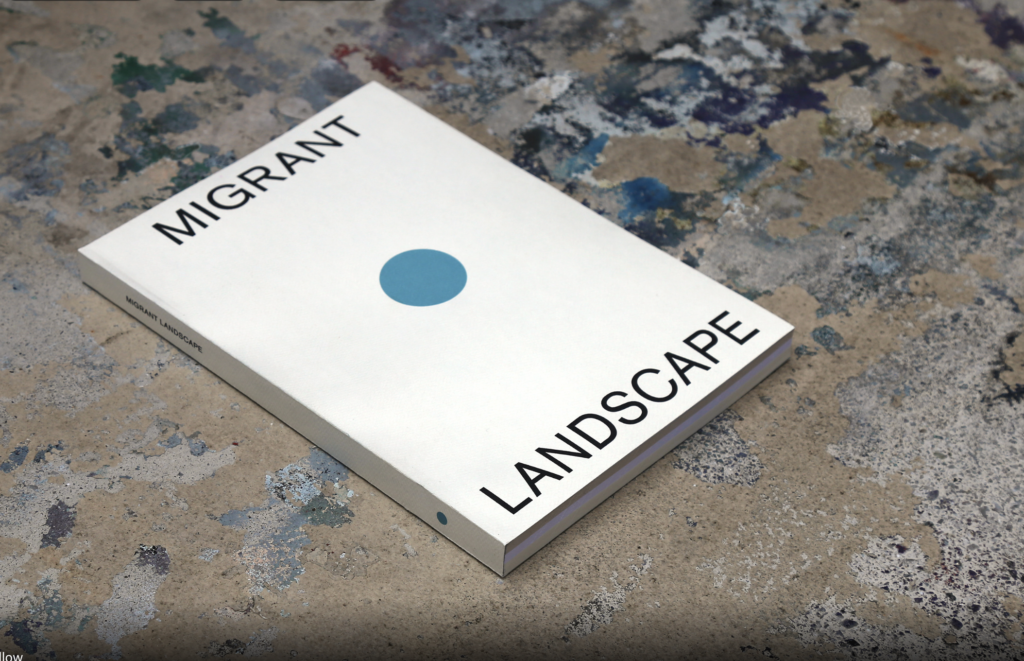
What initially inspired you to pursue a career in graphic design?
Storytelling is my main inspiration, pursuing graphic design allows me to visually communicate ideas, point of view, and solutions. It’s a visual and interactive tool. Design allows you to work across multiple industries, it’s all around you and it influences how you perceive the world around you—having the ability to be part of that is inspirational.
How did studying in US shape your creative process and design philosophy?
Studying in a diverse city like New York broadened my creative process by exposing me to peers and professors from various backgrounds, each with unique approaches to design. While formal education provides structure, my philosophy was shaped more by my belief in what my work should represent. Being surrounded by people from different cultures allowed me to helped me refine my own design philosophy, which is primarily driven by storytelling. Effective design should not only be compelling by story and visually but also deliver in its intent.
Can you describe your design journey so far and how you’ve evolved as a designer?
I started with hands-on art like painting, drawing and sculpture and evolved that passion into design, where creativity meets function to solve problems and communicate purpose. I have evolved as a designer by seeking deeper purpose in my projects. Does it shed light on overlooked topics? Bring attention to the mundane we’ve forgotten? Shift perspectives? Tackle subjects people shy away from? Engage audiences in new ways? Each design choice is intentional, pushing beyond aesthetics to actually make a difference.
What were some challenges you faced while designing, and how did you overcome them?
My biggest challenge was lack of inspiration and facing creative blocks, expecting that “Aha!” moment to strike every time. I learned to overcome this by being more proactive—more observation, trial and error, ongoing learning. It’s a process, and ideas don’t just appear out of nowhere when you need them; they require effort.
Your work on Kashmir has received a lot of attention. What drew you to focus on this subject?
My focus on Kashmir comes naturally to me, as my mother is from there. Though I didn’t grow up there, hearing stories and being surrounded by people from the region has fostered a deep kinship. Kashmir has such a rich history, yet it’s diversity remains largely unknown to many, which makes it all the more compelling to explore.
How do you approach research when designing for a topic as rich and complex as Kashmir?
I believe in gathering research from a variety of sources. For a place like Kashmir, I focus on demographic data, insights from the people who live there, and how history has shaped its narrative. This multifaceted approach helps me understand the depth and complexity of the subject.
What kind of message or emotion do you aim to convey through your Kashmir designs?
I like to explore various topics in my design work, with a strong focus on culture, people, stories, and architecture. I’ve worked on three different projects about Kashmir, each with a unique content and approach. Through these designs, I aim to raise awareness of the people, arts, emotions, history, and conflicts —all of which contribute to what Kashmir is today.
How do you balance cultural authenticity and modern design aesthetics in your work?
In my work, authenticity remains at the core, while modern design aesthetics enhance it. Modernism exists alongside cultural elements, but it doesn’t overshadow or alter the story being told. Instead, I use modern aesthetics to make the content more engaging and accessible, ensuring that the message and significance remain intact
Can you share an example of a design concept that didn’t work out as you hoped, and what you learned from that experience?
I don’t think I have one concept in mind because there have been countless along the way that didn’t work out. Each project has taught me valuable lessons: being able to communicate the intent and idea through words is just as important, even if the design seems successful, having a strong foundation of strategy and a clear understanding of the ‘why’ is essential, and adaptability—being open to evolving the initial creative vision—is crucial for success.
How do you stay inspired and keep your designs fresh and innovative?
I am visually inspired, and over time, I’ve developed a design sense and deeper understanding of visual language, which helps me stay intrigued by the world around me. To me, observation is the key to creating fresh and innovative designs, and allowing myself to experiment with concepts without aiming to complete or finish a ‘project’—just creating for the sake of it—keeps me inspired.
What role does technology play in your design process? Are there any specific tools or software you prefer?
I find inspiration in the physical world around me, but technology plays a crucial role in my research process. It enables me to explore beyond my immediate surroundings, moving from one space to another. This journey allows me to gather information, ideas, visual cues, past work, trends, and insights, which I then channel into my work.
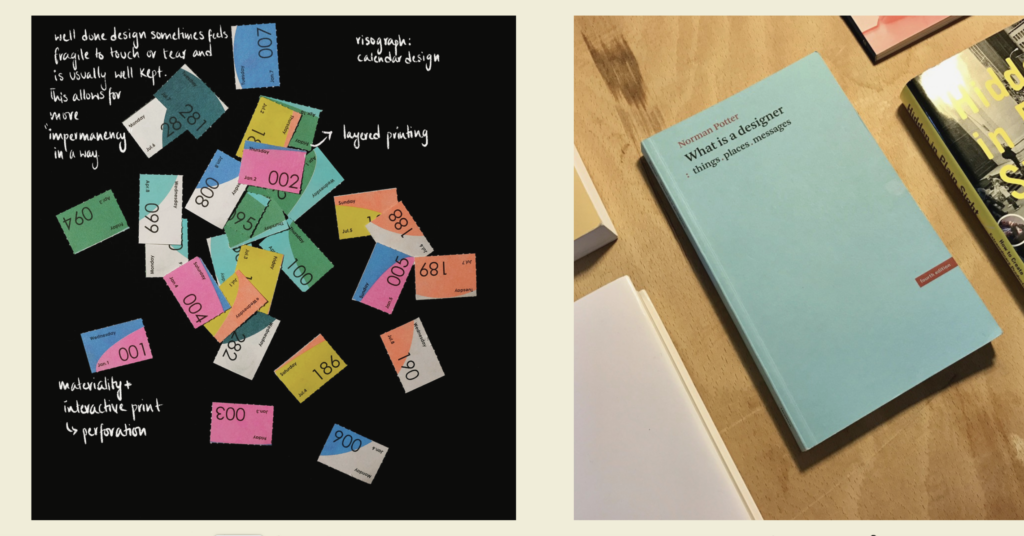
How do you handle creative blocks or moments when you feel stuck in a design project?
My biggest tool for handling creative blocks is writing. I write down everything that comes to mind, whatever I’m thinking in relation to the project, allowing my thoughts to flow freely. Another important method is taking a step back: coming back after a break lets you see what you’re doing much better, rather than being stuck in tunnel vision.
With the praise your Kashmir designs have received, do you feel a sense of responsibility as a designer to raise awareness or highlight specific causes?
I feel a sense of responsibility with all my work, no matter the project. I believe in being authentic—designs driven by personal inspiration, rather than specific client briefs, carry the most responsibility for me because they come from a place of individual curiosity. I strive to be authentic in my design perspective—presenting information, encouraging thought, and fostering empathy and understanding.
What are your long-term goals in the field of graphic design, and what’s next for you after this successful run?
My long-term goals are to use design for impact. Regardless of the subject’s weight or brevity, I aim for my work to be thoughtful—answering some questions while raising many more. I want to create projects that are visually and cerebrally engaging, and work that I believe can help facilitate social change. I am working on another project that explores Indian culture through its food—something I’ve personally noticed is often overlooked and unfamiliar to many after spending time outside India.

